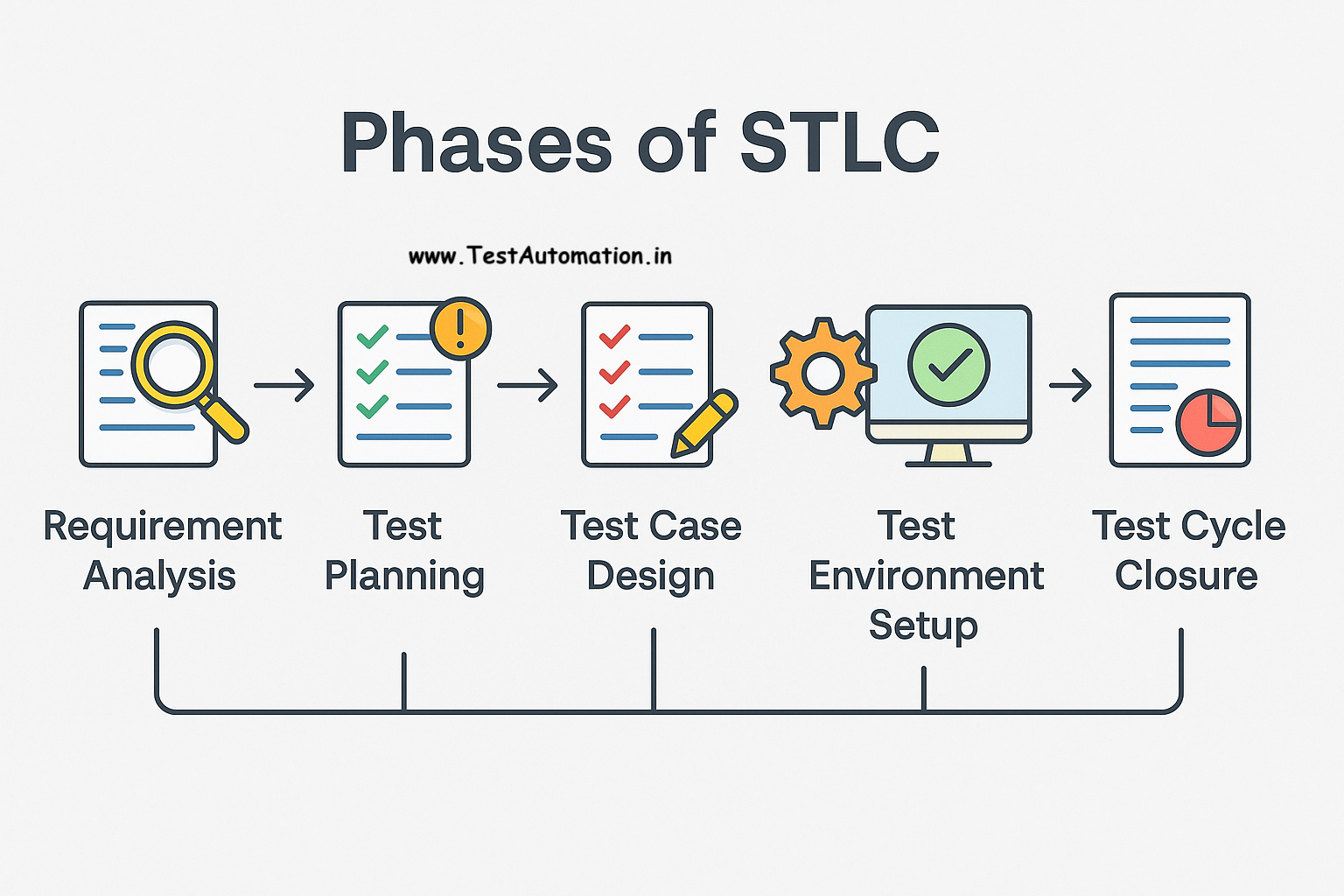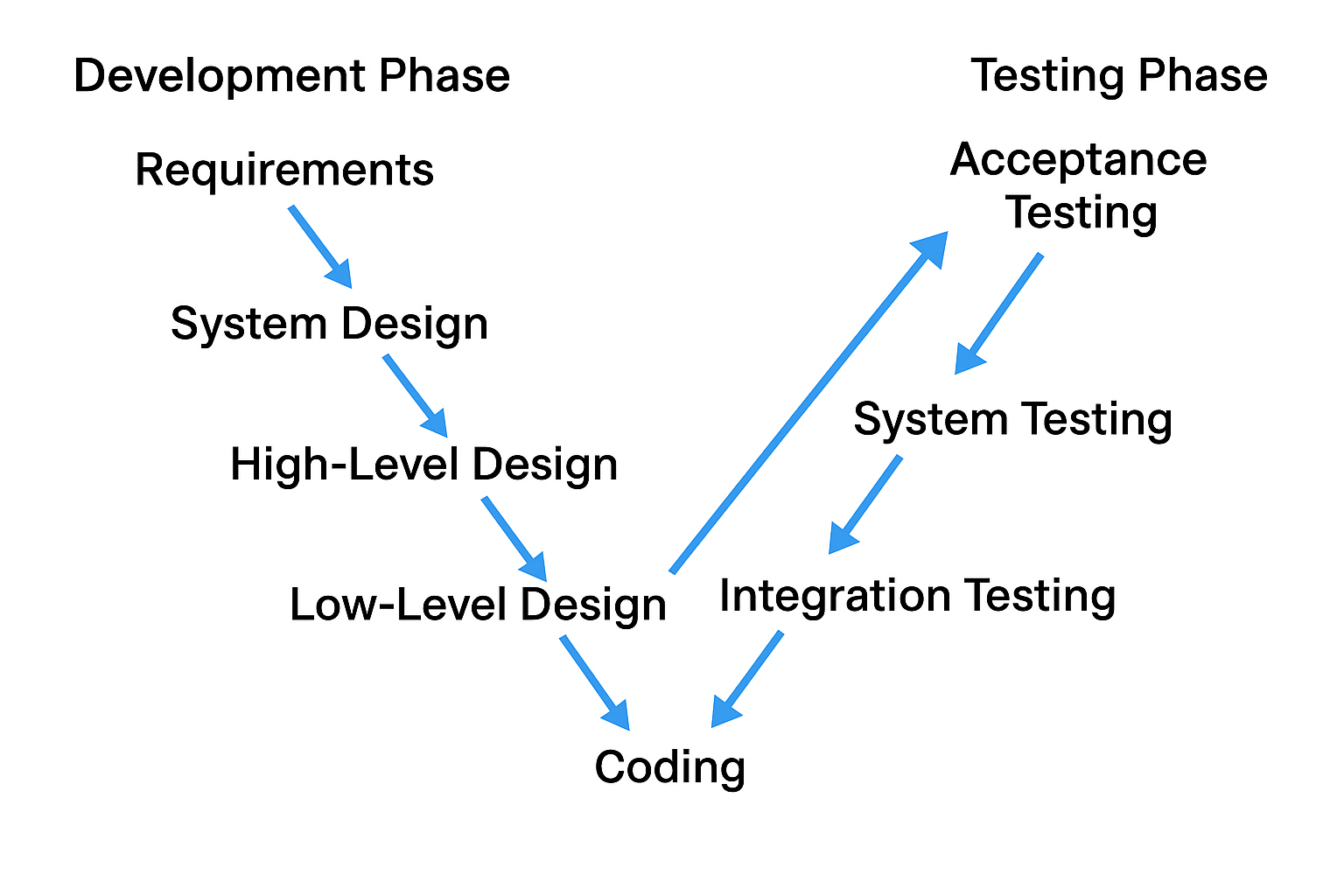Today we are going to learn an important part of the software testing course and this Manual Testing vs Automation Testing
Difference between automation testing and manual testing
Testing is an important process in the Software development lifecycle where software is tested for functionality, performance, security, usability etc. And the quality of the software get’s maintained.
So there are 2 different ways using which you can do software testing.
- Manual Testing
- Automation Testing
So at first as beginner, you may have a question in your mind, what is manual Testing. Let’s try to understand it in simple words.
What is Manual Testing?
It is done by human as quality assurance engineer to verify software for functionality and find defects where no automation tools are used.
What is Automation testing?
Scripts are getting written and then automation software and those scripts get run to execute test and verify software automatically.
Manual Testing vs Automation Testing
| Factor | Manual Testing | Automated Testing |
|---|---|---|
| Execution | This is performed by human testers without use of automation tools. | This is performed by using tools or test scripts. |
| Speed of Testing | This method is slower due to manual execution, which takes time. | This method is quite faster than Manual testing due to automation. It saves time |
| Cost Implication | Low initial expense but higher over time with repetitive tasks. | It has a High upfront cost to buy tools but is more economical in the long term when repetitive task comes.. |
| Reliability | This method May include errors caused by human oversight and it may vary per situation. | This method is Highly dependable when scripts are accurate as test run on the basis of scripts written.So scripts need to be accurate for accuracy |
| Reusability | This as less reusability for repetitive scenarios. | This is easily reusable for repetitive and standardized tests. |
Manual Testing:
- We can do exploratory testing when creativity and adaptability are needed.
- We can do usability testing, as it focuses on user feedback.
- When a project has frequent requirement changes, the its flexible to adapt them.
Automated Testing:
- Mainly used for regression testing, to confirm that new changes don’t break existing functionality.
- Also can be used for nonfunctional testing like performance and load testing.
Advantages and Limitations of Manual Testing
-
- Advantages:
- Easy to start with minimum or no setup or any tools.
- Adaptable to dynamic changes in requirements.
- Limitations:
- This is a time-taking and worker-intensive for repetitive processes.
- This can cause a human error, leading to inconsistencies.
- Advantages:
Advantages and Limitations of Automation Testing
- Advantages:
- This makes repetitive and large-scale testing fast.
- This gives consistent, accurate, and efficient results.
- This minimizes long-term effort and costs for testing needs.
- Limitations:
- High investment in tools and script development for test scenarios.
- This is not well-suited for validating user experience
Why it is important to know the differences between Manual testing and Automation testing.
Understanding the differences between manual testing and automation testing is crucial because each method has unique strengths, limitations, and best-use scenarios. Here’s why it’s important to grasp these differences:
1. Choosing the Right Testing Method
- Some test cases like exploratory testing or usability testing can be done better in manual testing.
Repetitive, time-consuming tasks (like regression testing or performance testing) are more efficiently handled with automation tools.
2. Optimizing Resources
- Manual testing is time-consuming whereas automation testing needs skilled resources and tools
3. Budget and Time Management
- Automation testing reduces human effort whereas manual testing, it allows to understand and plan resources.
4. Test Coverage
- Automation allows faster test coverage, especially for big applications.
- Manual testing allows focusing on edge cases that are difficult to automate.
5. Accuracy and Reliability
- Automation testing avoids human error in repetitive tasks
- Manual testing may be prone to error but can identify issues that automation tools might drop
6. Compliance and Reporting
- Automated testing often generates better and more automated reporting
- Manual testing may offer more descriptive, qualitative feedback on specific issues



